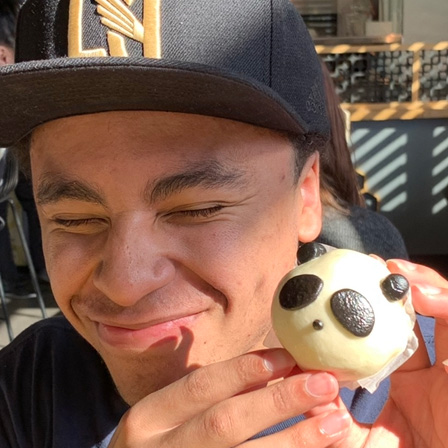by Izaak Garcia
When looking back to the first lunar landing in 1969, America has come a long way. We have sent out probes (space exploration devices), satellites, and observed the cosmos through high-powered telescopes. From the Earth, we see the wonders of our solar system, the Milky Way galaxy, and beyond. Back in 1969, the mere thought of humans living on another planet was strange and outlandish—not because no one had thought of it, but because humanity did not have the technology to make this task feasible. But now this dream could be within our reach in just 10-15 years.
Over the years, scientists have been gathering information on other planets and evaluating them to see if they could potentially sustain life. Since planets outside our solar system are unreachable due to the vast distances of space that separate us, Mars has been a long-time option for creating a potential habitat. But nothing has been as promising as our very own Moon, and as of recently, NASA scientists have made an astounding discovery.
NASA’s Stratospheric Observatory for Infrared Astronomy (also known as SOFIA) observed water on a sunlit part of the Moon. The location that water was found at is known as the Clavius Crater, which is big enough that it can be seen from Earth. We have known for many years that the moon harbored water. In fact, the first time any nation uncovered this fact was in 1976, when the Soviet Lunar 24 probe found traces of water inside the soil of the Moon. Since then, a multitude of countries have invested their time and money into collecting information and even sending out their own probes. Until recently, the water that had been discovered on the Moon was limited to the shadowed and extremely cold parts of the surface (down to -387 degrees Fahrenheit), which is what makes this recent discovery a tremendous stride in the right direction.
While the discovery of water on the sunlit surface of the moon might not seem like a big deal at the moment, it provides evidence for a theory that water may be distributed throughout the surface of the Moon. Even with blazing temperatures reaching up to 260 degrees Fahrenheit, the fact that water can still be found on this part of the Moon makes scientists wonder: How much more water is there on the Moon, and if we can find more, can
we collect it—and more importantly, use it?
As humans continue to evolve and discover new things, the idea of building a colony on the Moon might not be as far away as it was once thought. The discovery of water gives hope that one day, in the future, humanity might not call Earth their only home.
If you would like to read more on NASA’s
discovery, visit here.
About Izaak Garcia

Izaak Garcia is currently a senior at Richwoods High School, enrolled in the International Baccalaureate program. After high school, Garcia plans to study Computer Science. He has played soccer with FC Peoria and Richwoods for over a decade combined. Garcia has also played tennis for 4 years, securing a spot on both junior varsity and varsity teams. Along with this, he has competed with the Richwoods Worldwide Youth Science and Engineering team for Biology and Computer Science for 2 years and earned multiple awards for the school. Garcia is also heavily involved with the arts. As a multi-instrumentalist, he has played the saxophone for 8 years and piano for 2 years. During his junior year of high school, he was involved in theater at Richwoods as stage crew and manager. He helped with two total productions and was being trained to be stage manager for senior year before the COVID-19 pandemic impacted school. Outside of school activities, Garcia is involved in Jack and Jill of America (an organization for young African American men and women to serve the community). He served as his chapter’s treasurer during his freshman year of high school. Along with Jack and Jill of America, he enjoys coding, learning new coding languages, and video games.

